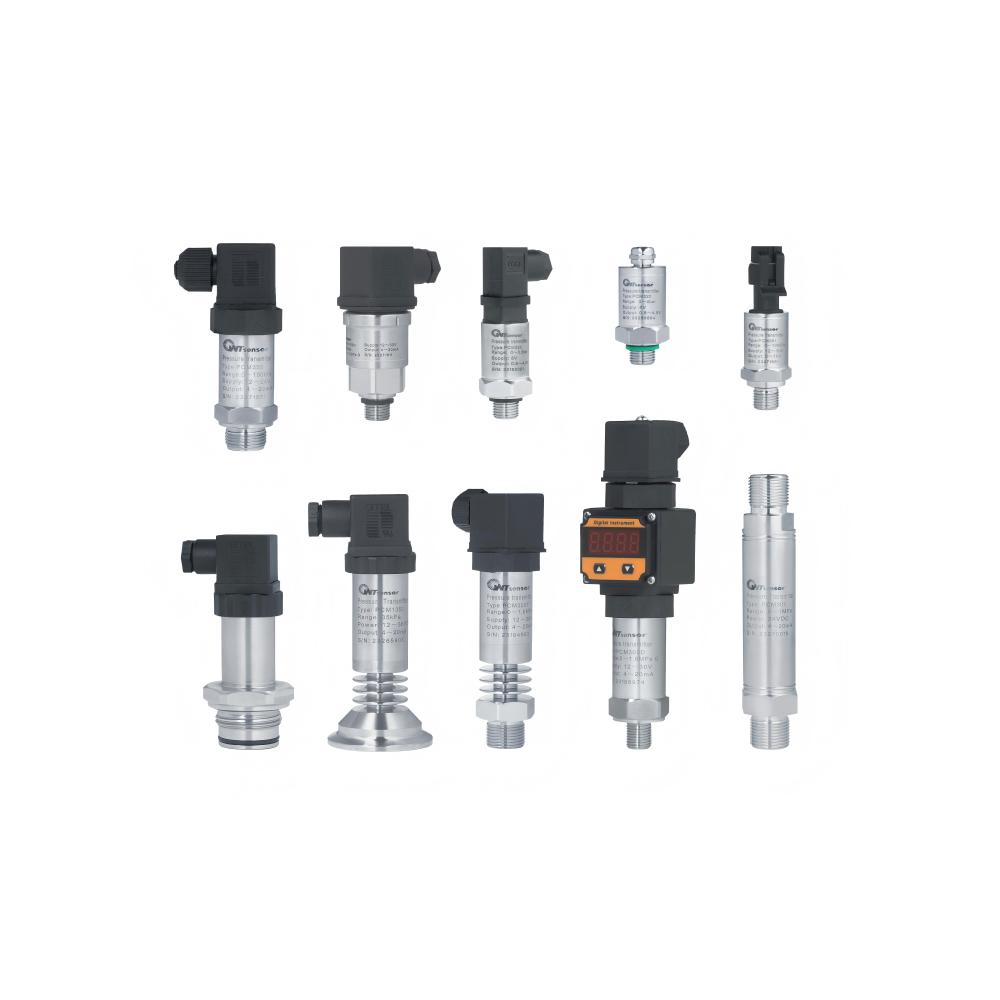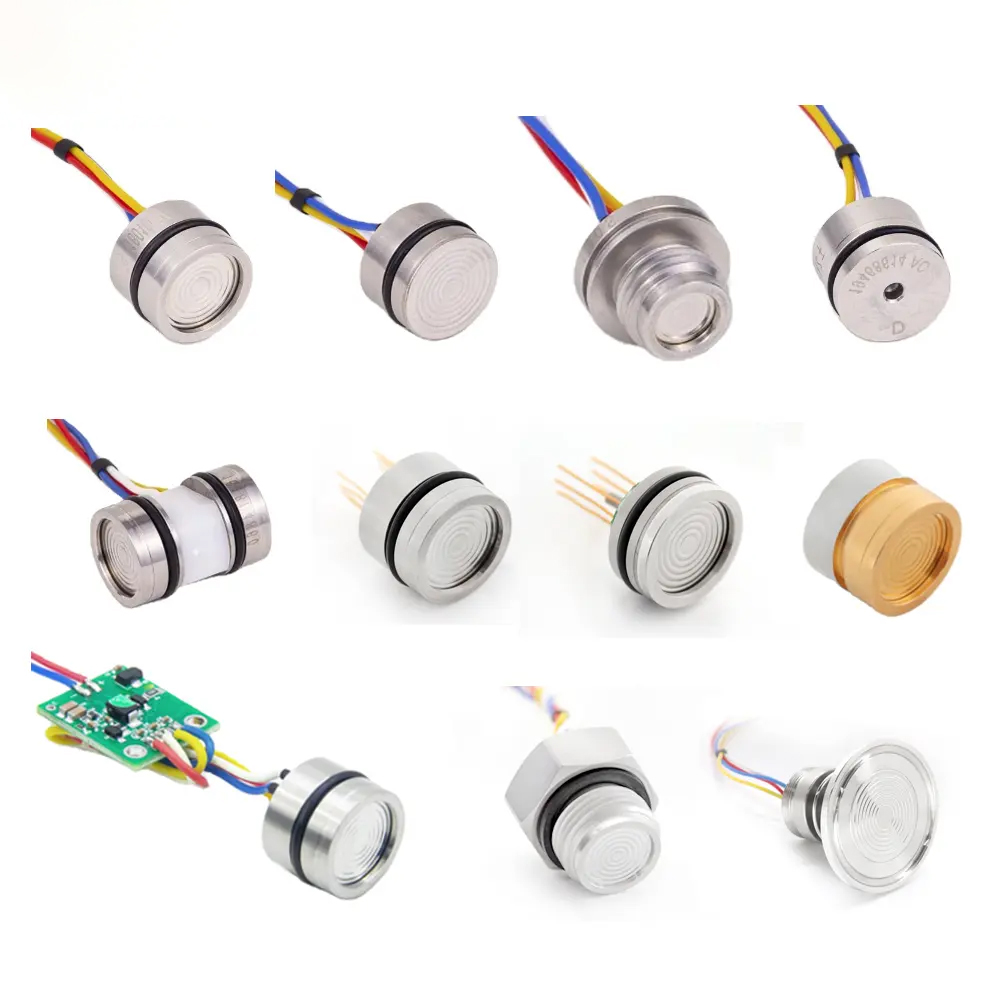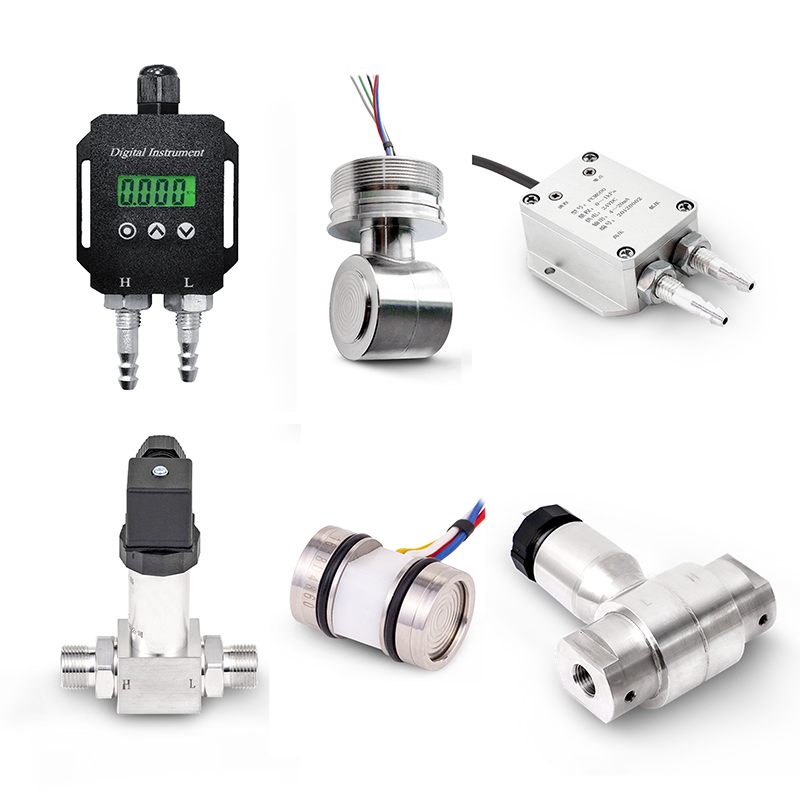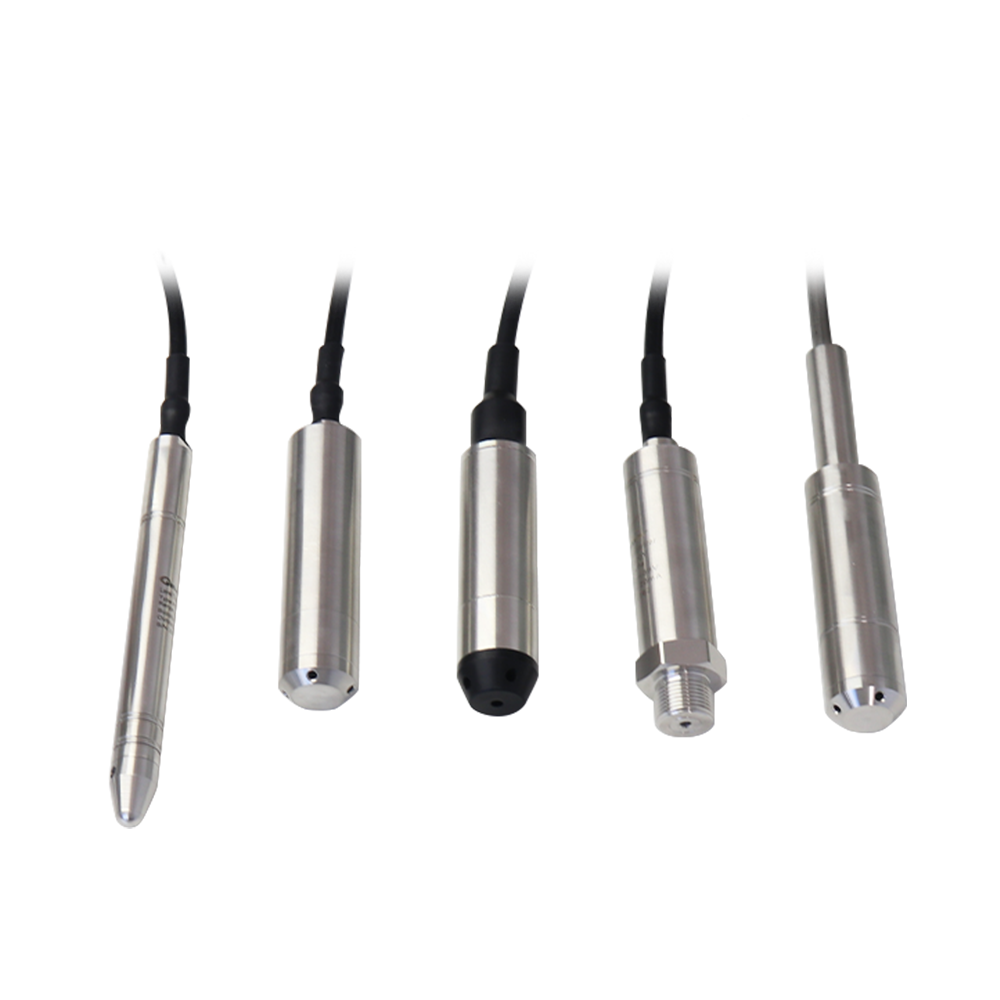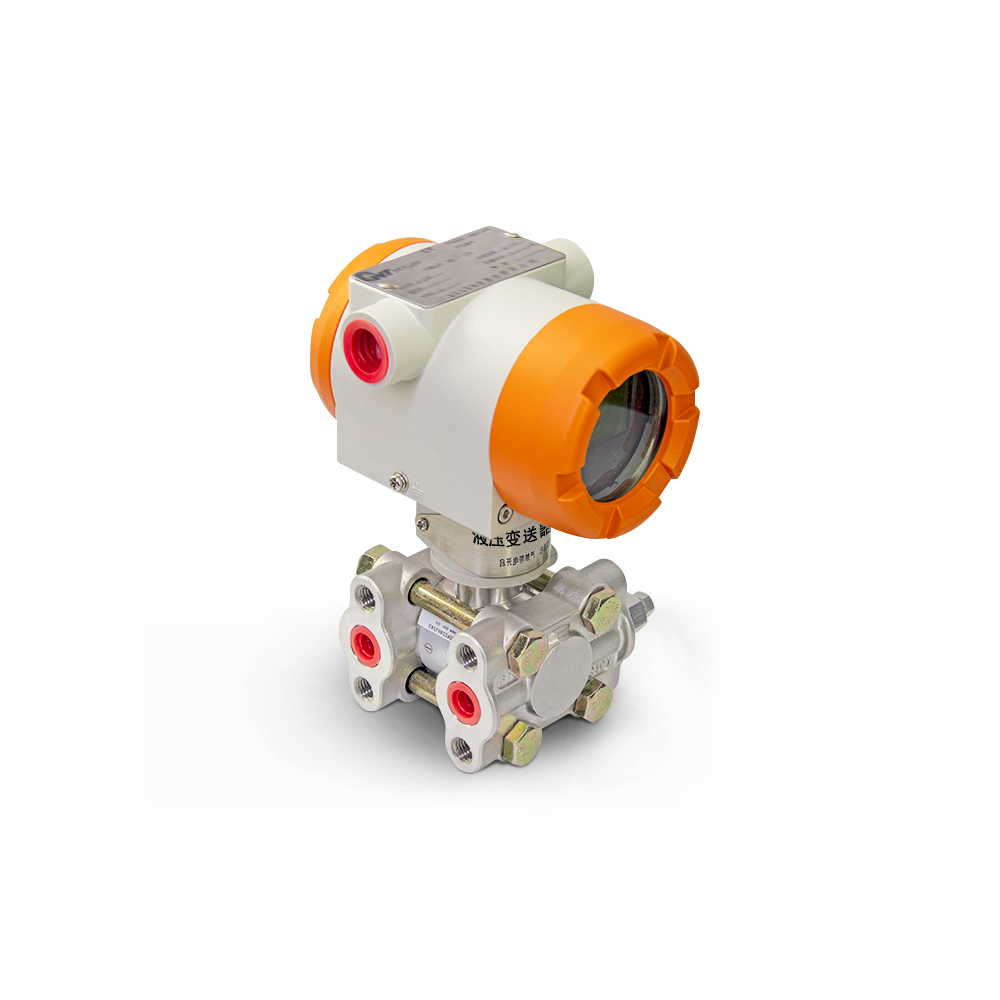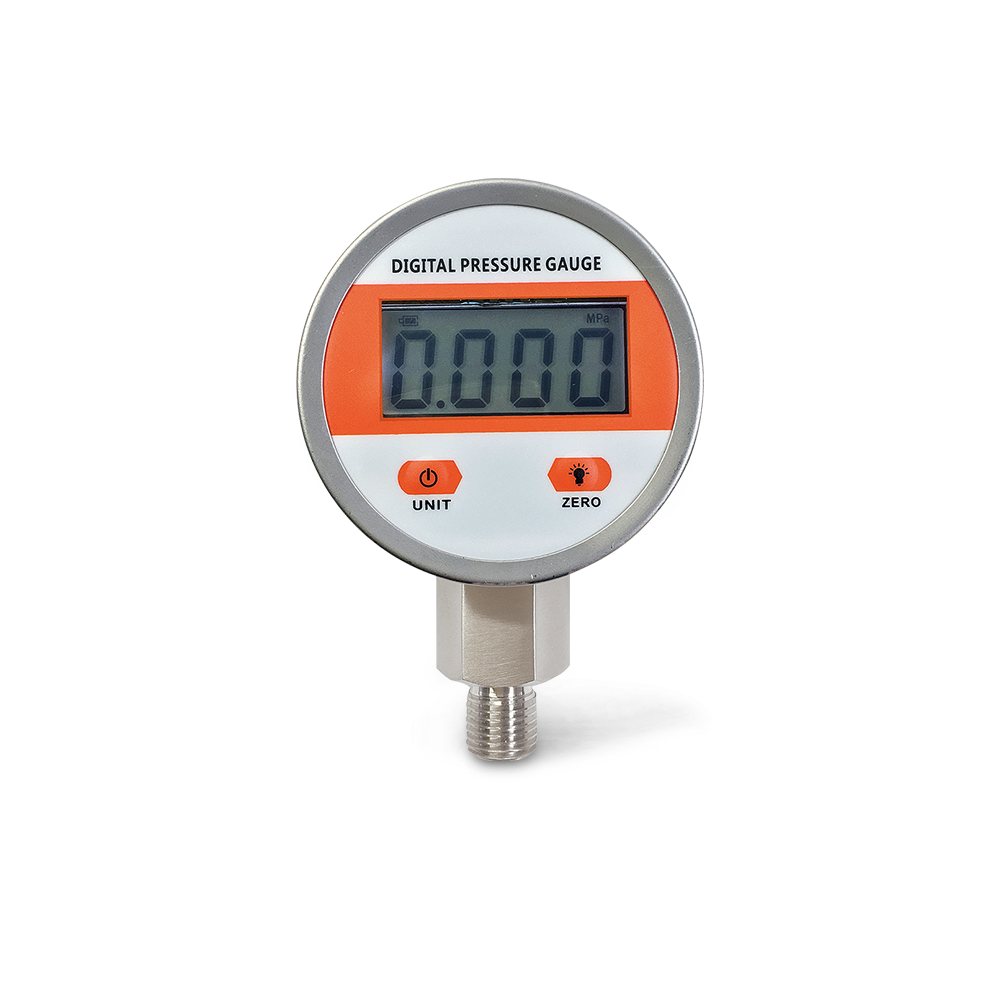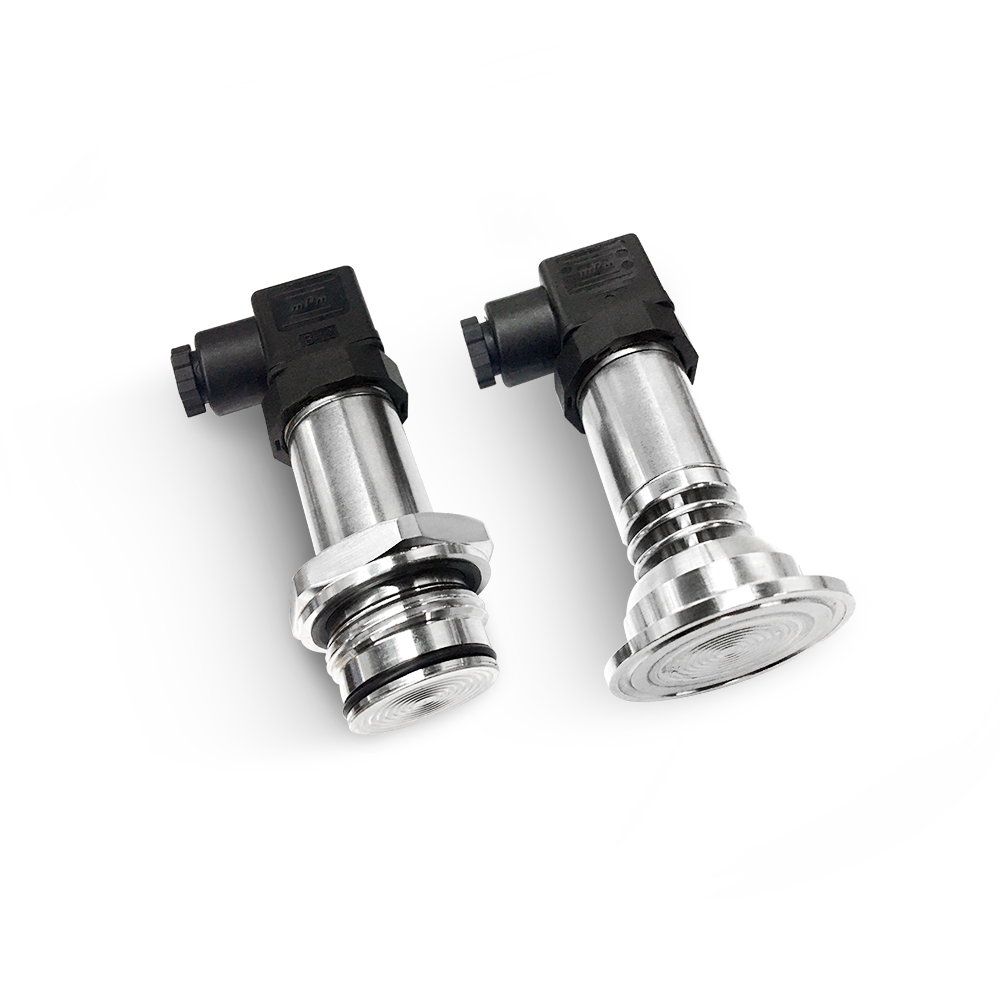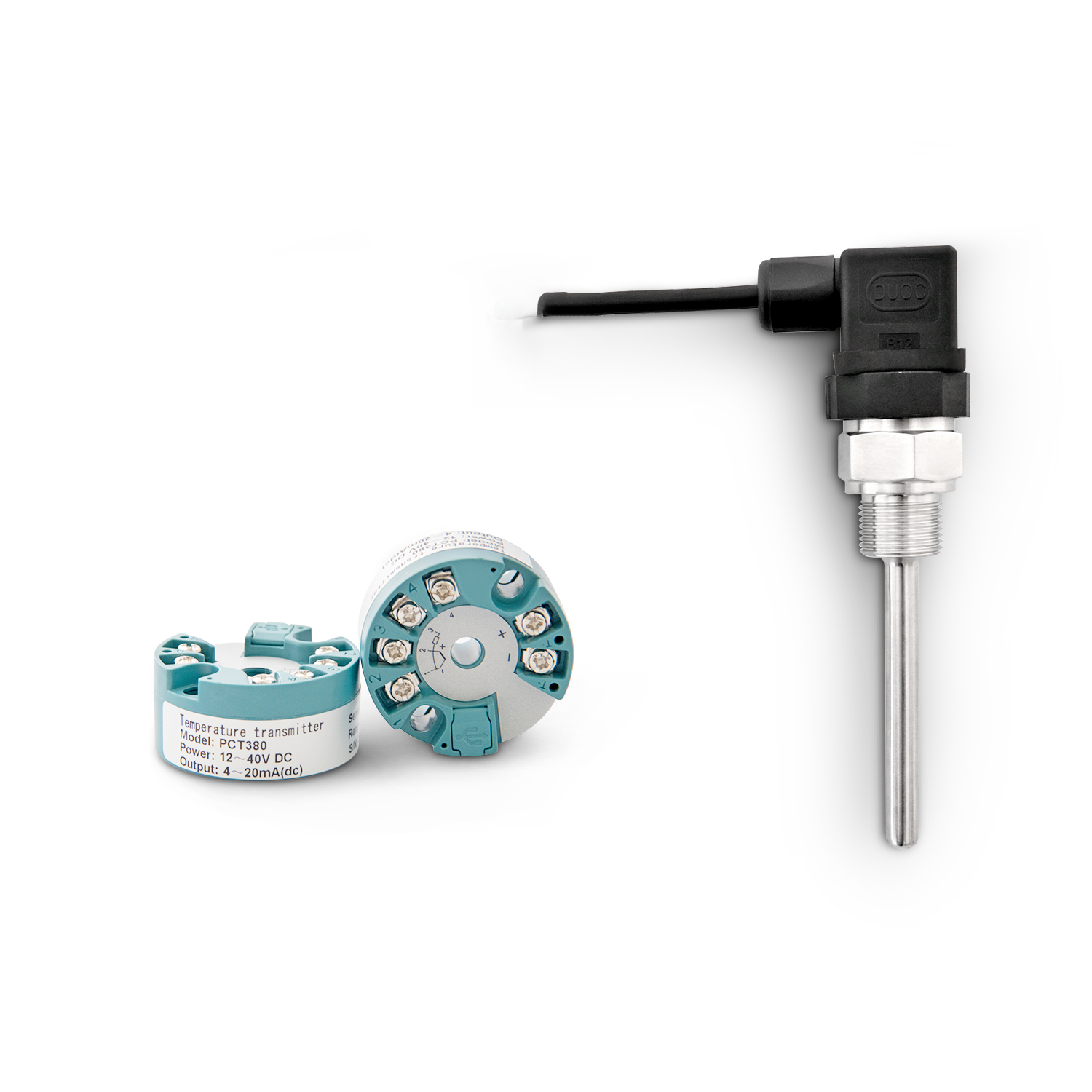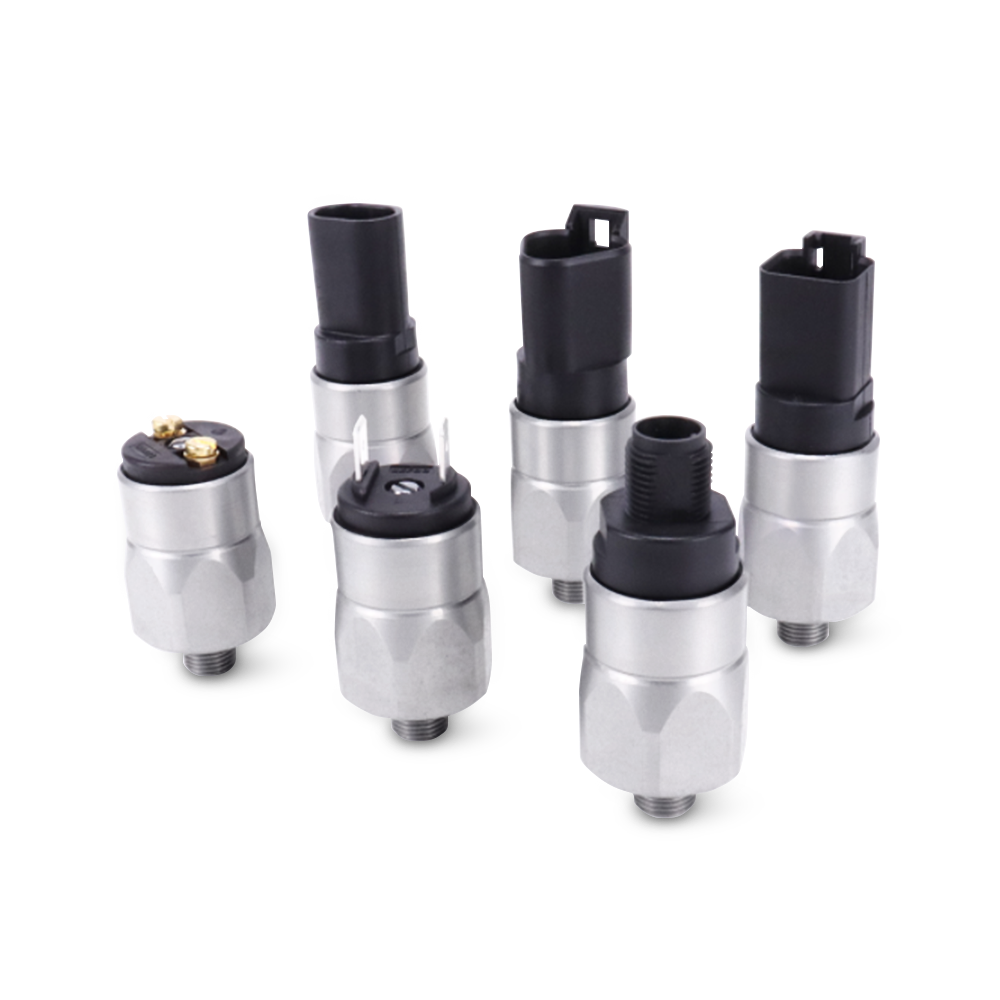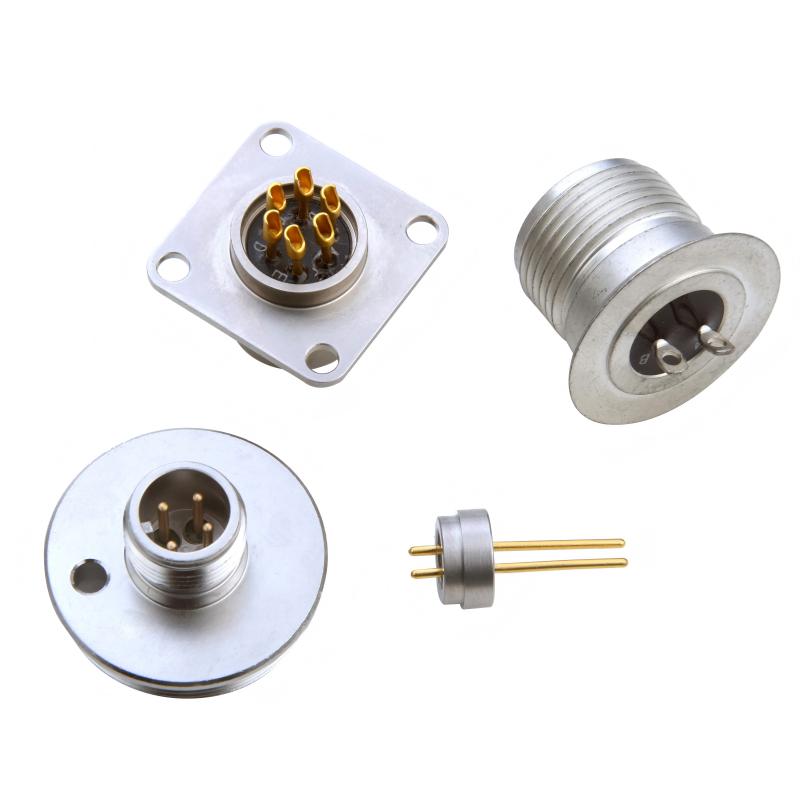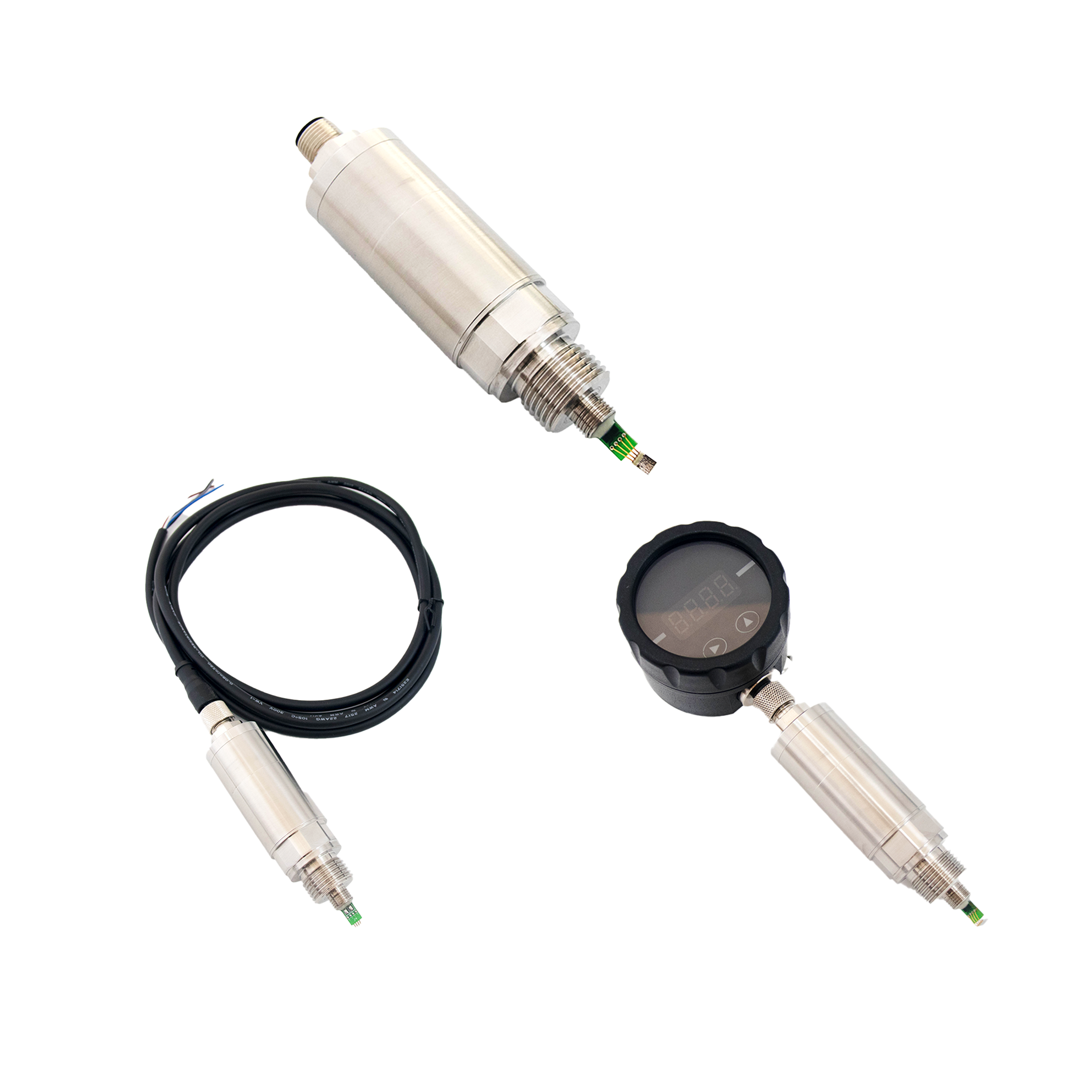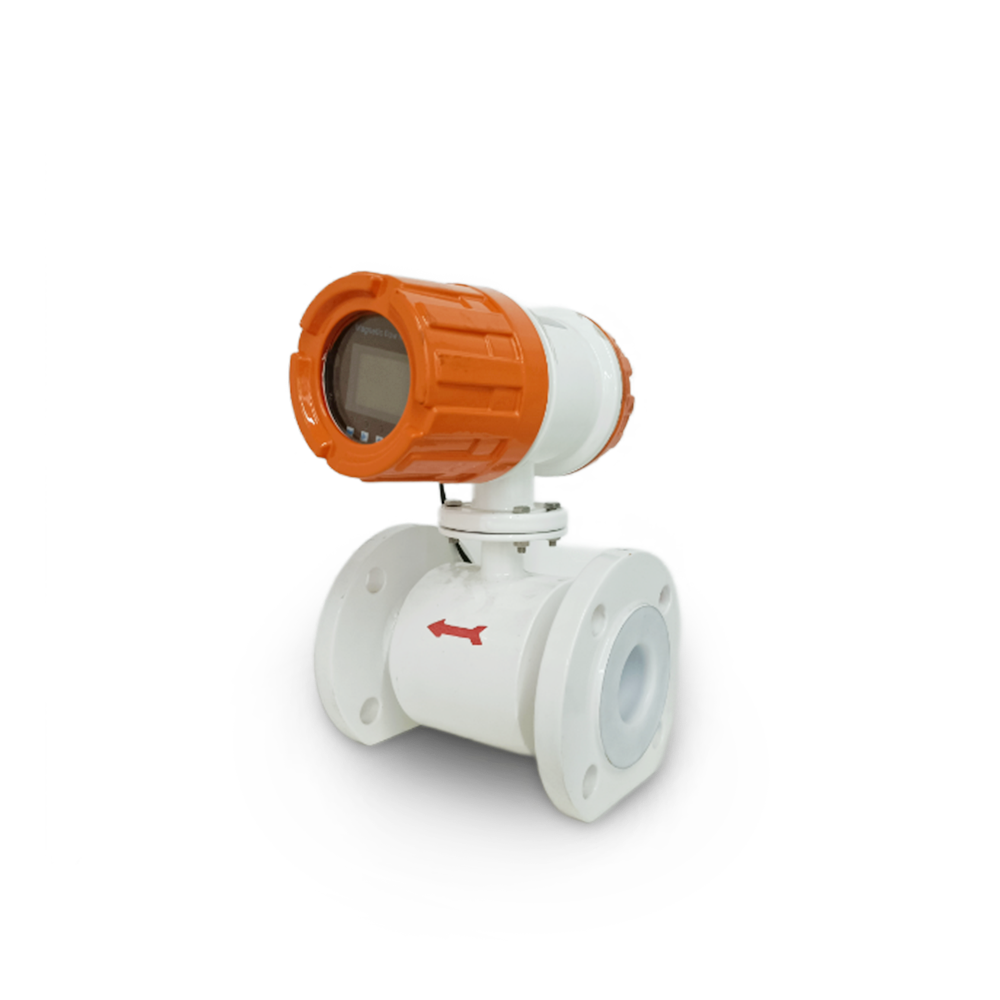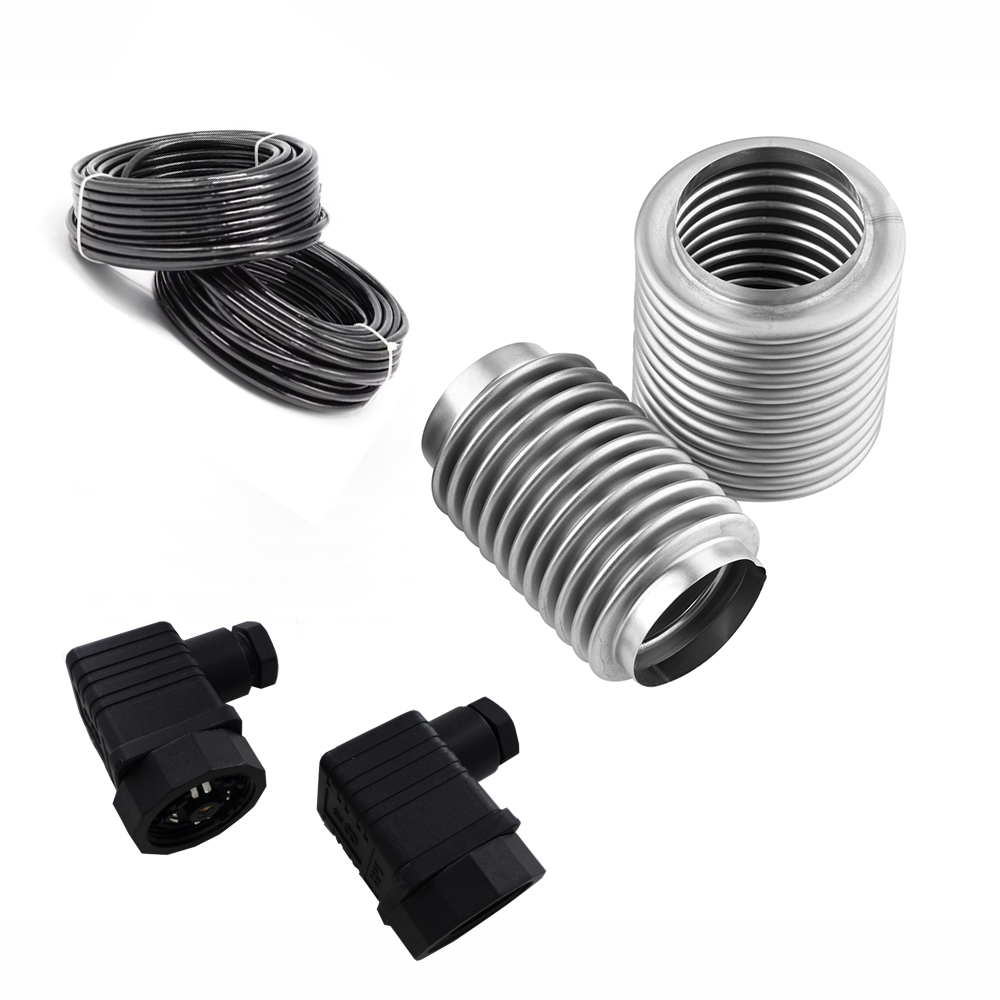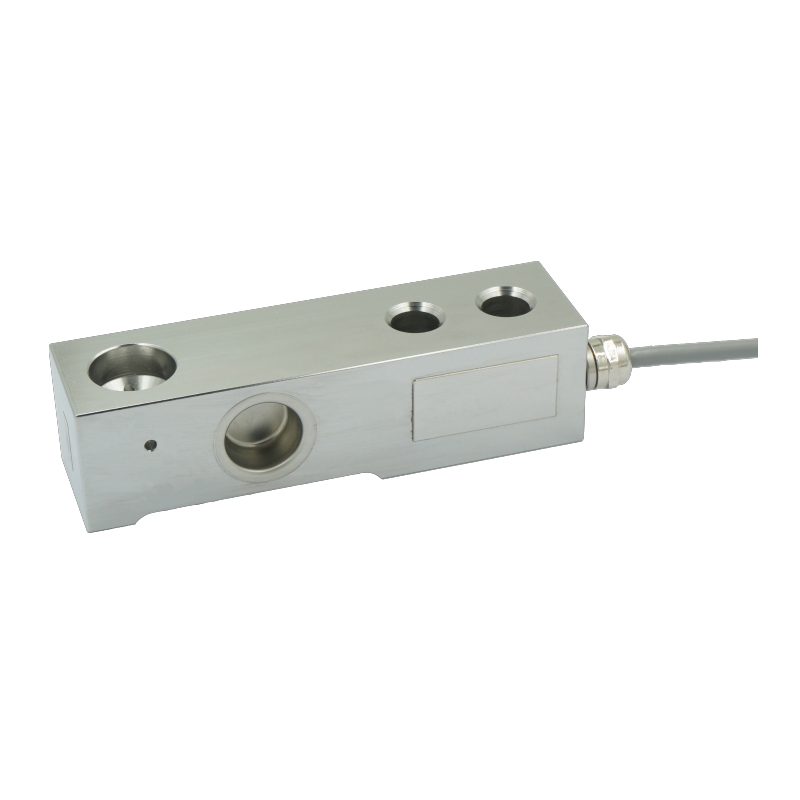The development of sensor technology
From: Issued date 2021.01.22 Back
Sensor technology is an important symbol of the development of contemporary science and technology. There are also many types. Since the first sensor was invented in 1883, there are thousands of types of sensors. Among the many sensors, the pressure sensor is the most commonly used sensor in industrial practice.
1 Introduction to pressure sensor
In the information society, in order to promote the forward development of social productivity, people need to use sensors to detect many non-electricity information, such as pressure, flow, and so on. From simple indicator measurements such as barometers to high-reliability and high-precision pressure monitoring and control under special conditions and environments such as aerospace, the pressure sensor of its key component plays a decisive role.
A pressure sensor is usually composed of a pressure sensitive element and a signal processing unit. It is a device or device that can sense the pressure signal and convert the pressure signal into a usable output electrical signal according to a certain rule.
Traditional pressure sensors are mainly mechanical structure devices, and use the deformation of elastic elements to indicate pressure. However, this structure is large in size and heavy in mass, and cannot provide electrical output, so it is most commonly used in the industrial field. With the development of semiconductor technology, semiconductor pressure sensors have also emerged, which are characterized by small size, light weight, high accuracy, and good temperature characteristics. Especially with the development of MEMS technology, semiconductor sensors are developing towards miniaturization, with low power consumption and high reliability.
With the development of science and technology, the requirements for pressure sensors have been changing, and pressure sensors are constantly changing with the trend. Today, the research field of pressure sensors in various countries in the world is very extensive, almost infiltrating all walks of life, and its application prospects are very broad.
2 Types and principles of pressure sensors
There are many types of pressure sensors, which can be divided into different types according to different classification standards. This article introduces the three most common pressure sensors:
1. Strain gauge sensor
Resistance strain gauge is one of the main components of piezoresistive strain sensor. The working principle of the resistance strain gauge is the phenomenon that the resistance value of the strain resistance changes with the mechanical deformation, which is commonly known as the resistance strain effect.
Piezoresistive pressure sensors are generally connected to Wheatstone bridges through lead wires. Normally, the sensitive core has no external pressure, and the bridge is in a balanced state (called zero). When the sensor is pressed, the chip resistance changes, and the bridge will lose balance. If a constant current or voltage power supply is added to the bridge, the bridge will output a voltage signal corresponding to the pressure, so that the resistance change of the sensor is converted into a pressure signal output by the bridge. The bridge detects the change in resistance value, after amplification, and then through the conversion of voltage and current, it is transformed into the corresponding current signal. The current signal is compensated by the nonlinear correction loop, that is, a linear corresponding relationship with the input voltage is generated. output signal.
2. Ceramic pressure sensor
The ceramic pressure sensor is based on the piezoresistive effect. The pressure directly acts on the front surface of the ceramic diaphragm, causing a slight deformation of the diaphragm. The thick film resistor is printed on the back of the ceramic diaphragm and connected to a Wheatstone bridge. The piezoresistive effect makes the bridge generate a highly linear voltage signal proportional to the pressure and proportional to the excitation voltage. The standard signal is calibrated to 2.0/3.0/3.3mV/v according to different pressure ranges, etc., It is compatible with strain gauge sensors.
3. Diffused silicon pressure sensor
The diffused silicon pressure transmitter is made by encapsulating an isolated silicon piezoresistive pressure sensitive element in a stainless steel shell. It can convert the felt pressure of liquid or gas into a standard electrical signal for external output.
The working principle of the diffused silicon pressure sensor is also based on the piezoresistive effect. Using the principle of the piezoresistive effect, the pressure of the measured medium directly acts on the diaphragm (stainless steel or ceramic) of the sensor, causing the diaphragm to produce a micro displacement proportional to the pressure of the medium. The resistance value of the sensor is changed, the electronic circuit is used to detect this change, and a standard measurement signal corresponding to this pressure is converted and output. It is widely used in on-site measurement and control of industrial processes such as water supply/drainage, heating, petroleum, chemical, metallurgy, etc.
As the veteran of sensors, pressure sensors have a very broad application market and relatively complete accumulation of technical experience. Pressure sensors are only one type of sensors. With the continuous construction of the Internet of Everything, the entire sensor industry has a lot of room for imagination in future application scenarios.

